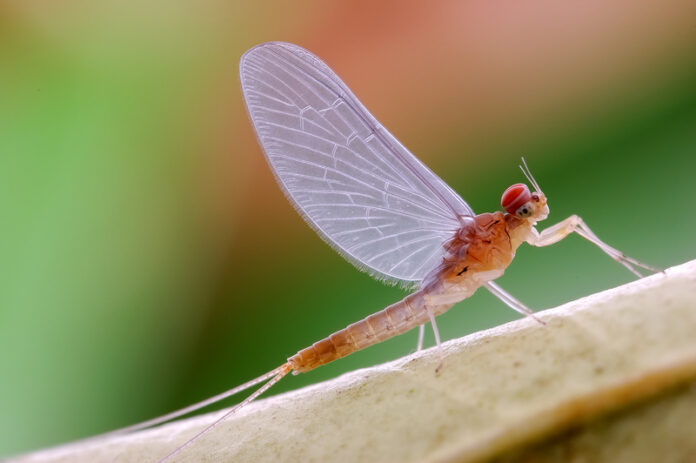An article appearing on April 15, 2024, in the journal Nature Ecology & Evolution describes the likely common ancestor to vertebrates and invertebrates that emerged 700 million years ago. The field of evolutionary biology looks at the genetic mechanisms that lead to adaptations coming from chromosomal rearrangements that contribute to emerging successful traits that get passed along to offspring.
DNA is not fixed. It constantly is influenced by environmental factors. It produces new arrangements in sequencing of which many prove to be dead ends. But successfully mutated DNA strands lead to species that reproduce and thrive, and some 700 million years ago a common bilateral ancestor emerged.
What is bilateralism? Look in a mirror and you will see it. We have a top and a bottom. We have a front and a back. We have left and right. We have two ears, two eyes, two arms, two legs, two sides to our brain, two lungs, two kidneys, two ovaries or testes, and a left and right side to our heart. We are bilaterians just like fish, birds, amphibians, mammals, reptiles, insects, mollusks, octopi and squid, worms and other species. All these species have a common set of genes, 7,000 in total that first appeared in an ancestor in primordial seas that thrived and passed the instruction set for bilateralism to its descendants.
How did this remarkable adaptation come about? Likely an environmental event caused mutations that favoured bilateralism traits that proved advantageous over non-bilateral life. Published research findings from the Centre for Genomic Regulation (CRG) in Barcelona describe what was discovered in studying 20 living species today to find life’s ancient genes responsible for bilaterian success. The evolution of sexual reproduction led to DNA copy-and-paste errors and the bilateral evolutionary path for life on Earth that followed.
Federica Mantica, a CRG researcher and lead author of the newly published paper explains:
“Our genes are like a vast library of recipes that can be cooked up differently to create or change tissues and organs. Imagine you end up with two copies of a recipe for paella by accident. You can keep and enjoy the original recipe while evolution tweaks the extra copy so that it makes risotto instead. Now imagine the entire recipe book is copied – twice – and the possibilities it opens for evolution. The legacy of these events, which took place hundreds of millions of years ago, lives on in most complex animals today.”
The genetic information responsible for bilaterian evolution is found in many ancestral “tomb” genes. Tomb genes refer to those that play specialized roles in the testes of vertebrates and invertebrates. These are genes that play a crucial role in sexual reproduction and in particular, sperm. Other common ancestral genes are responsible for the nervous system and its myelin sheath protection, muscles, exo and endoskeletons and more. Ancestral epidermal genes that led to skin and cuticles in humans and other vertebrates, produced wings in insects. That’s because gene specialization appears to lead to new functions in evolution in proximity to different tissue types.
States Manual Irimia, a co-author of the paper:
“Our work makes us rethink the roles and functions that genes play. It shows us that genes that are crucial for survival and have been preserved through millions of years can also very easily acquire new functions in evolution. It reflects evolution’s balancing act between preserving vital roles and exploring new paths.”
The Mayfly, seen at the top of this article, is one of 20 species that Mantica and Irimia studied when identifying the common genes that are traceable to that amazing creature that preceded the animals that emerged in the Cambrian Explosion 540 million years ago, the source of most of the species we see in the fossil record and those still with us today.
















